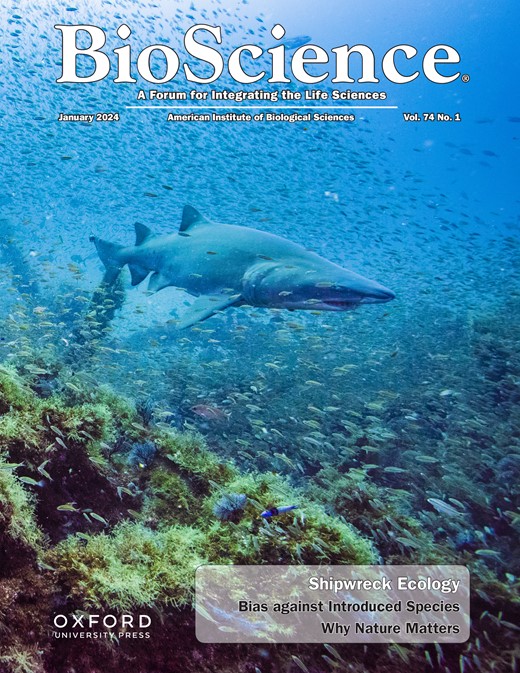政府在恢复美国野生化以遏制生物多样性危机中的作用
IF 7.6
1区 生物学
Q1 BIOLOGY
引用次数: 0
摘要
生物多样性危机的一个关键但未被重视的特征是大多数研究的陆生脊椎动物所经历的地理范围的收缩。在美国,缓解生物多样性危机的主要政策工具是一项联邦法律——《濒危物种法》(ESA)。在过去的二十年里,管理ESA的联邦机构以一种排除处理危机的地理因素的方式解释了该法案。因此,减轻生物多样性危机的重担在很大程度上落在了州政府内的野生动物机构身上,它们有义务代表其选民的利益行事。我们提出的调查研究表明,大多数选民希望国家机构优先考虑物种恢复,而不是其他活动,包括狩猎。这种优先顺序甚至在自我认定的猎人中也存在,这一点很重要,因为州政府机构经常把提供狩猎机会作为他们的首要任务。通过优先考虑在部分历史范围内恢复本地物种的野生化工作,州政府机构可以统一狩猎和非狩猎成分,同时遏制生物多样性危机。本文章由计算机程序翻译,如有差异,请以英文原文为准。
The role of governance in rewilding the United States to stem the biodiversity crisis
A critical but underattended feature of the biodiversity crisis is the contraction of geographic range experienced by most studied terrestrial vertebrates. In the United States, the primary policy tool for mitigating the biodiversity crisis is a federal law, the Endangered Species Act (ESA). For the past two decades, the federal agencies that administer the ESA have interpreted the act in a manner that precludes treating this geographic element of the crisis. Therefore, the burden of mitigating the biodiversity crisis largely falls on wildlife agencies within state government, which are obligated to operate on behalf of the interests of their constituents. We present survey research indicating that most constituents expect state agencies to prioritize species restoration over other activities, including hunting. This prioritization holds even among self-identified hunters, which is significant because state agencies often take the provisioning of hunting opportunity as their top priority. By prioritizing rewilding efforts that restore native species throughout portions of their historic range, state agencies could unify hunting and nonhunting constituents while simultaneously stemming the biodiversity crisis.
求助全文
通过发布文献求助,成功后即可免费获取论文全文。
去求助
来源期刊

BioScience
生物-生物学
CiteScore
14.10
自引率
2.00%
发文量
109
审稿时长
3 months
期刊介绍:
BioScience is a monthly journal that has been in publication since 1964. It provides readers with authoritative and current overviews of biological research. The journal is peer-reviewed and heavily cited, making it a reliable source for researchers, educators, and students. In addition to research articles, BioScience also covers topics such as biology education, public policy, history, and the fundamental principles of the biological sciences. This makes the content accessible to a wide range of readers. The journal includes professionally written feature articles that explore the latest advancements in biology. It also features discussions on professional issues, book reviews, news about the American Institute of Biological Sciences (AIBS), and columns on policy (Washington Watch) and education (Eye on Education).
 求助内容:
求助内容: 应助结果提醒方式:
应助结果提醒方式:


